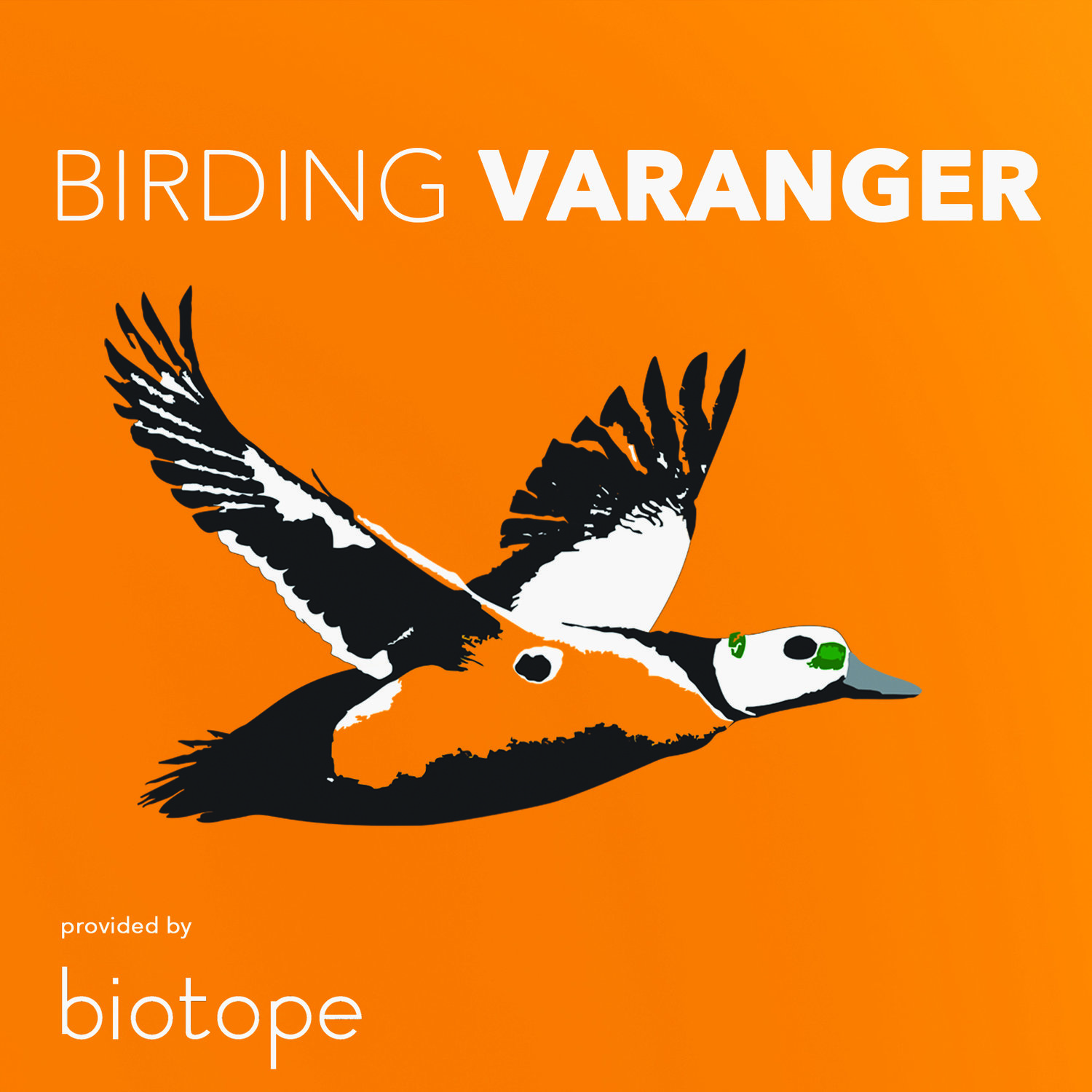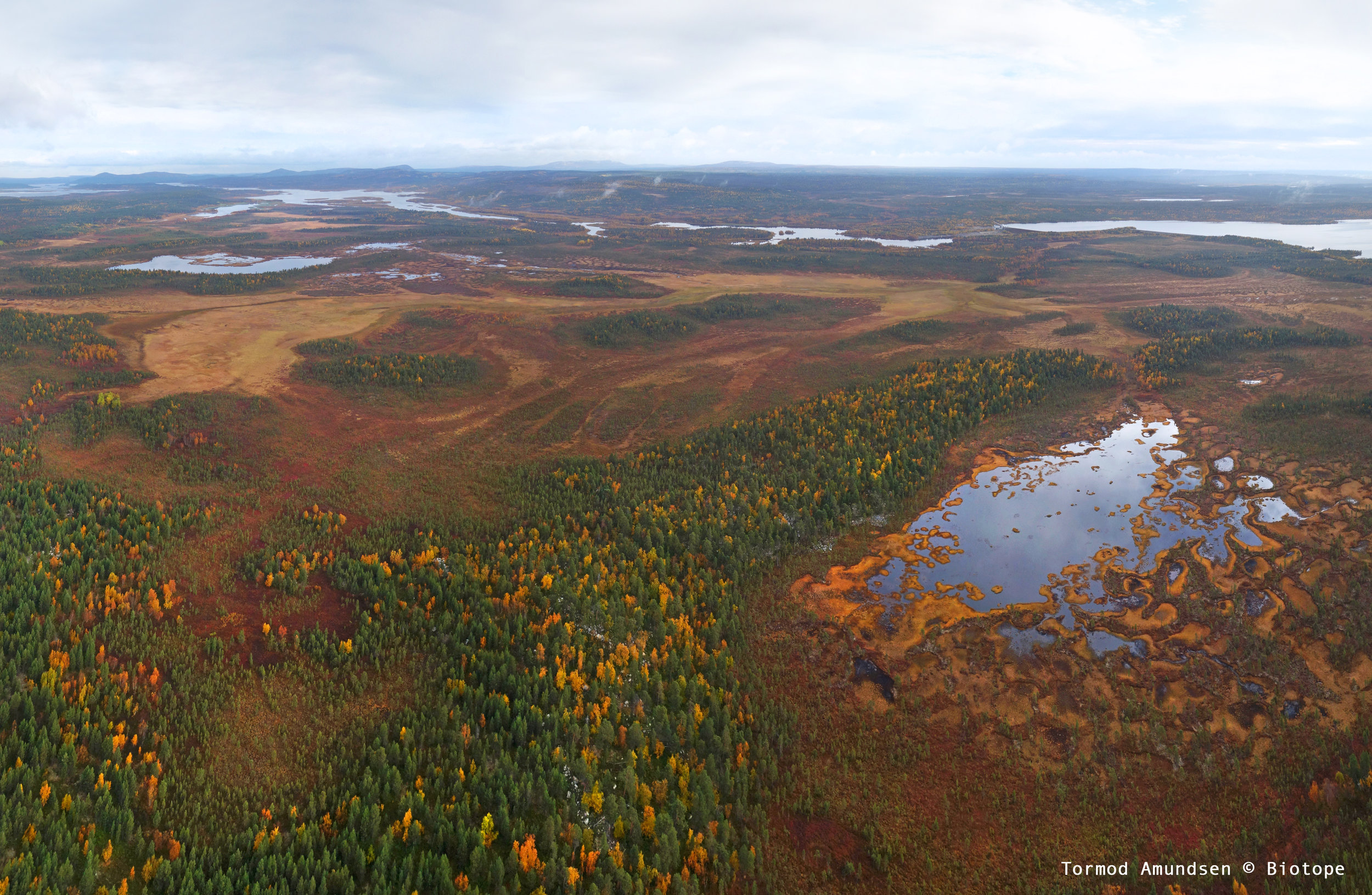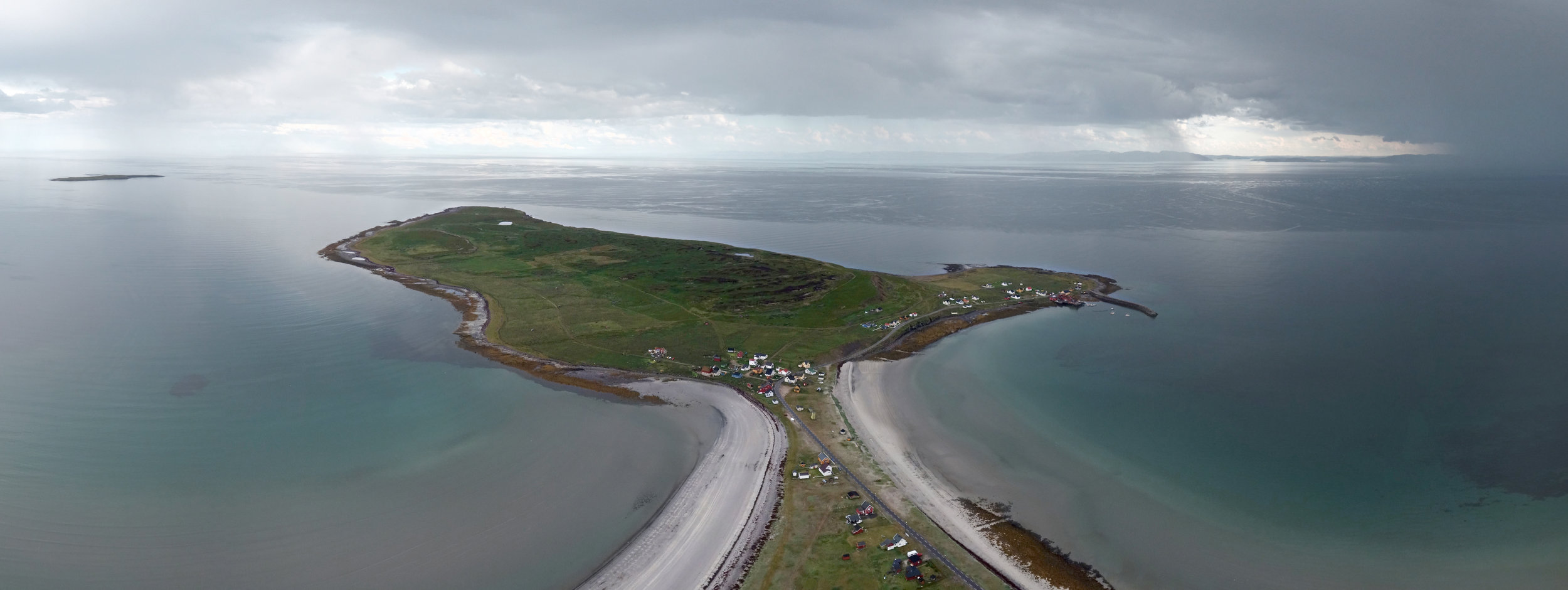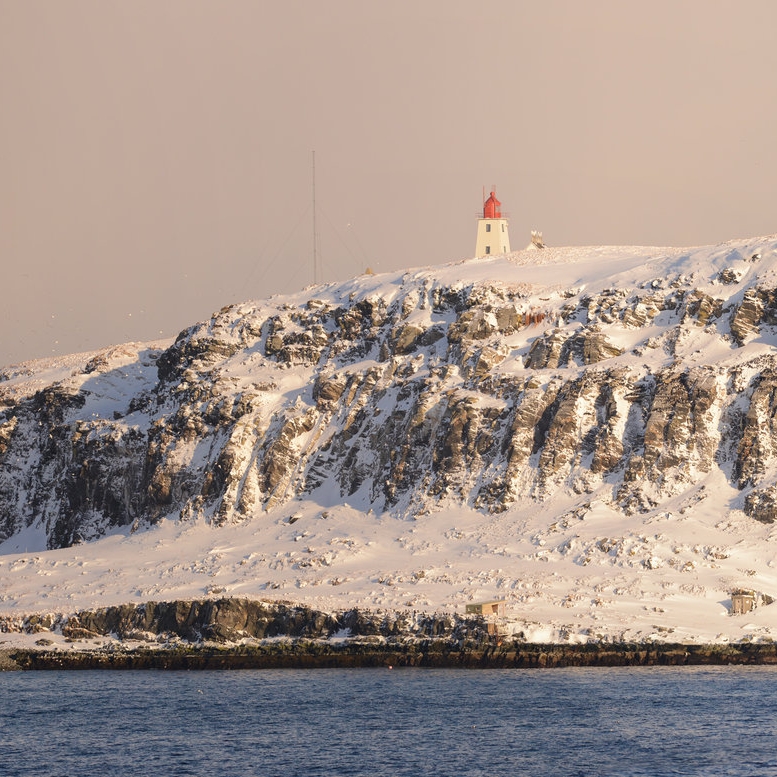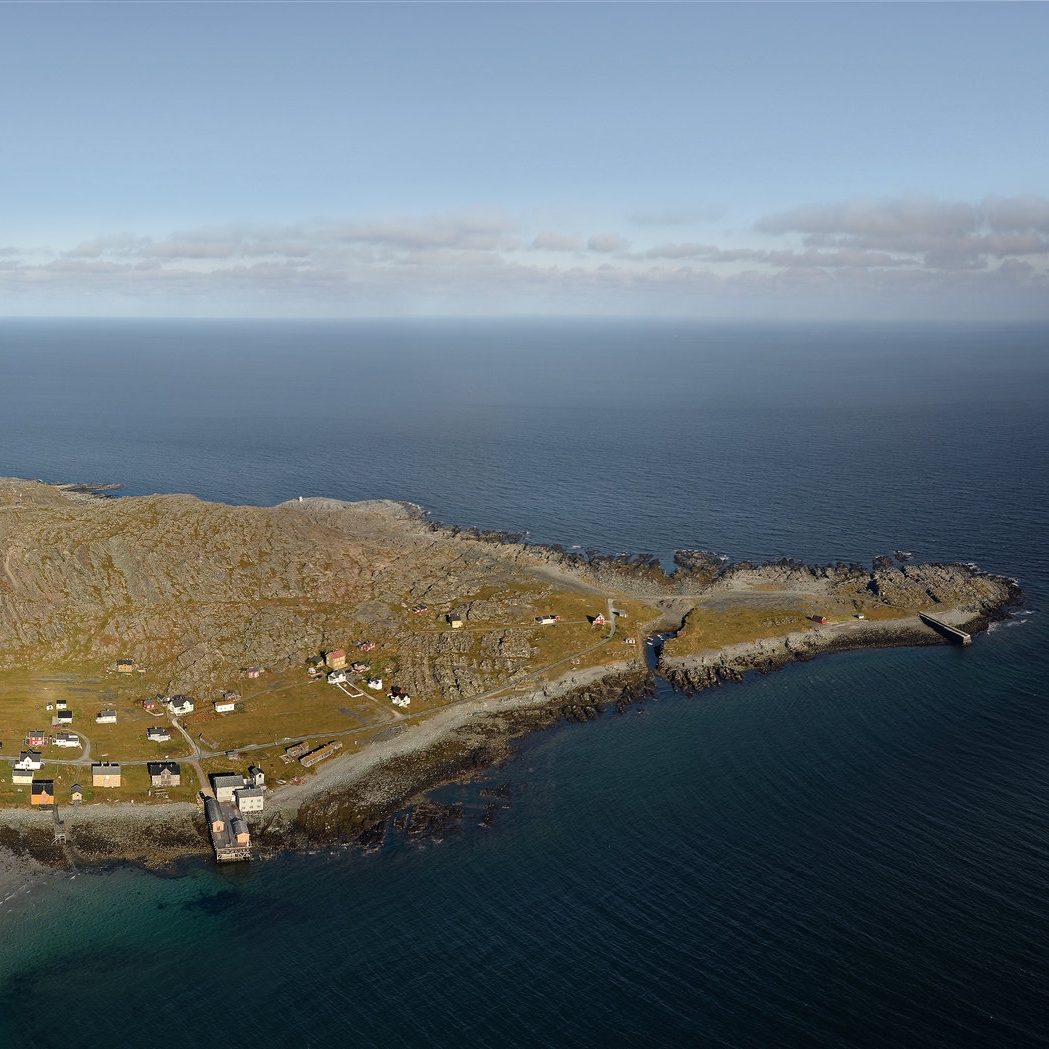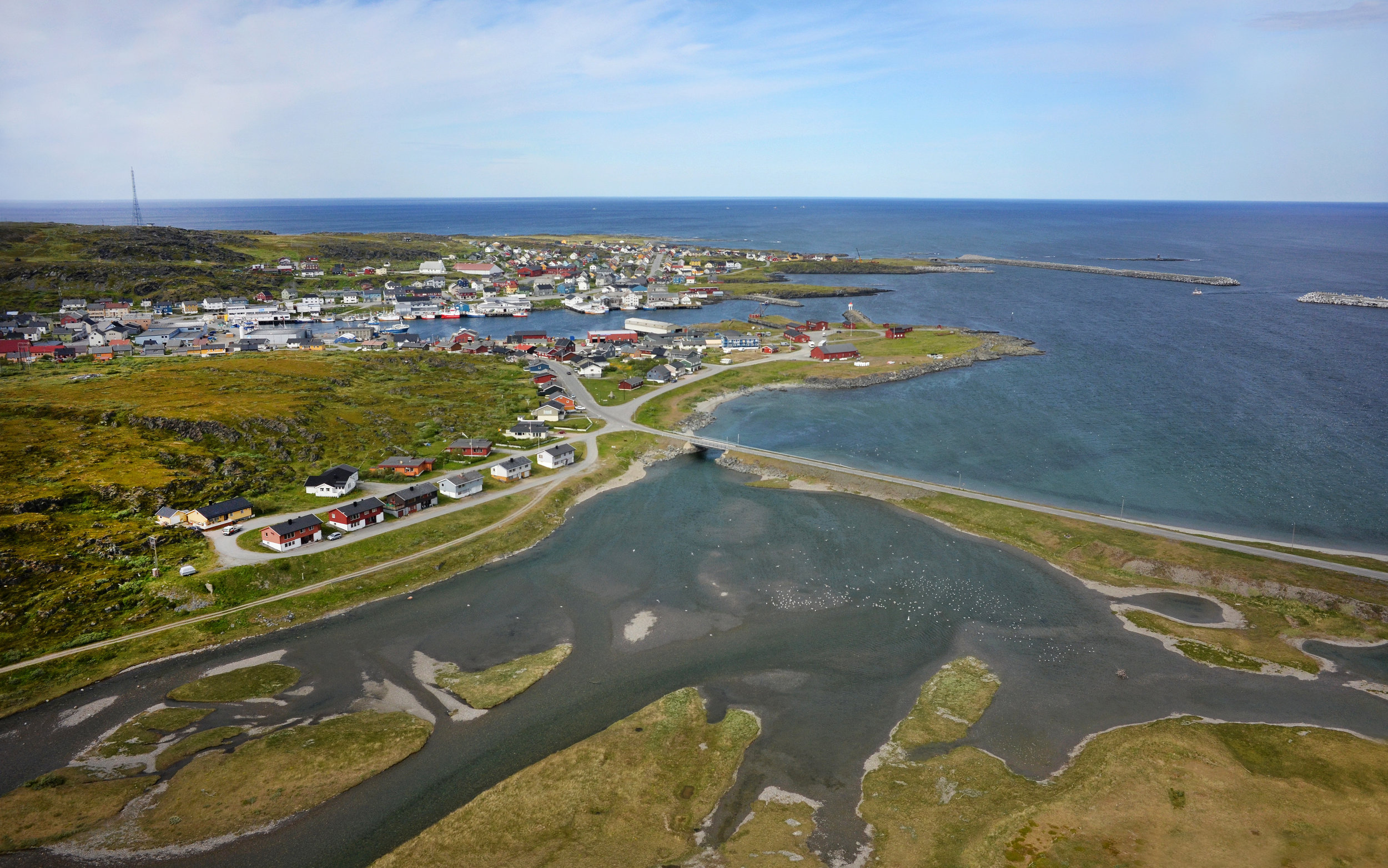Discover the key sites in Varanger to get in touch with arctic nature and wildlife
Kirkenes
Kirkenes is located in the extreme northeastern part of Norway on the Bøkfjorden, a branch of the Varangerfjorden. The town is situated about 400 km north of the Arctic Circle and is further east than Istanbul and St. Petersburg. Most visitors start their journey to Varanger by flying into Kirkenes, but the actual birding for most starts in the Munkefjord on the road leading to Neiden.
Pasvik
Pasvik has the northernmost virgin forest in Norway and the area occupies the north-westernmost corner of the Siberian taiga. Pasvik is a patchwork of ancient woodland, bogs and lakes. The Øvre Pasvik National Park is a great place to discover sought after taiga bird species, like Pine Grosbeak, Siberian Tits and Siberian Jays.
Nesseby
The inner Varangerfjord is a birder’s paradise. In particular the tidal flats is a home to a very rich birdlife. The communities of Nesseby includes Varangerbotn at the base of the fjord, Nesseby itself. Nesseby is also a great seawatching site in Varanger.
Vestre Jakobselv
The village is located at the mouth of the river Vestre Jakobselv, from which the village gets its name. The river runs through birch forests from the high tundra of the Varangerhalvøya national park. The waters here are among the best in Norway for salmon fishing. This picturesque village is one of the last northerly places where the birch forests thrive.
Vadsø
Vadsø is the largest town in Varanger and along with Vardø, it is a good place to base yourself when visiting Varanger. In winter and early spring Vadsø harbour is one of the top places to see Steller´s Eider. From the Biotope-designed breakwater hide you get fantastic views of the harbour and an opportunity for close encounters with seaducks.
Ekkerøy
Ekkerøy is one of the oldest fishing villages along the Varangerfjord but also one of the best birding locations there. The village is connected to the mainland by a causeway with inner and outer bays, which are excellent for birds. Ekkerøy also has a 50 meter high bird cliff which has one of the largest colonies of Kittiwakes in Varanger.
Komagvær
Komagvaer is one of the main gateways into Varangerhalvøya National Park. Just before you come into Komagvaer there is a carpark and a gravel road leading north up the Komagvaer valley for about 7.5 km. In summer this is a great area to observe Whooper Swans, divers and skuas, etc. The birding can often be great all the way from the fjord to the national park border.
Kiberg
Kiberg is a haven for gulls, with many different species observed. Kibergsneset, the furthest east you can go in mainland Norway, is a very good point to watch the huge rafts of King Eiders, Common Eiders and Long-tailed Ducks during late winter and early spring. Steller´s Eider are the main attraction for birders visiting Kiberg, usually with a large flock present from December - April.
Vardø
Vardø island and town is reached by a 3 km long sub-sea tunnel and is one of the premium birding places in Varanger. Seaducks to be seen here can include Long-tailed Ducks, King Eidersand Steller´s Eiders amongst the Common Eiders. Seawatchers can take advantage of two Biotope-designed wind shelters in Vardø, found both at the northeasternmost point, Hasselnes, and southwesternmost point of the island, Steilnes.
Hornøya
Hornøya is a small island situated east of Vardø island, in the Barents Sea. It is the easternmost point of Norway. Daily boat trips are run within season (1.March - 1. September) from Vardø harbour, with the chance to spend several hours on the island. The seabird colony at Hornøya is Varanger´s jewel in the crown, hosting approx. 100.000 seabirds of up to 11 bredding species, making it a a noisy, smelly, spectacular experience.
Hamningberg
Hamningberg is the most northern village of the Varangerfjord and also the end of the road, which starts at the base of the fjord in Varangerbotn. In former times it has been a fishing village, but nowadays Hamningberg has no permanent residents. The very scenic road to Hamningber is actually a top attraction in itself. Birding wise Hamningberg is well known for great seawatching.
Tana
The northern part of the Varanger Peninsula can be reached via the road from Tana, which takes you to Båtsfjord across the high tundra. The Tana River Delta and Austertana are definitely among the great locations for birding in Varanger, especially the road from Tana Bru to Austertana.
Gednje
High tundra birding is some of the best activities Varanger has to offer in summer. Gednje is located at the road intersection between the 890 and 891 roads to Berlevåg and to Båtsfjord, and is surrounded by lakes, pools, bogs and uplands, which hold many waders. The road itself is good for birding in summer, Rough-legged Buzzards and Long-tailed Skuas are commonly seen hovering by the roadside, looking for lemmings and voles.
Båtsfjord
Going further northeast from Gednje towards Båtsfjord you reach Syltefjord, which can only be accessed during summer, when the road is free of snow. The main attraction here is the seabird colony on Syltefjordstauran, a steep cliff face. Båtsfjord itself is a fishing village and is one of the biggest fishing ports in Finnmark county with around 10.000 boat arrivals each year. Fish processing is also a big industry here, attracting many gulls and seaducks.
Kongsfjord
Kongsfjord and Veidnes are beautiful little villages situated in the northernmost extremes of Varanger. The coastline and small bays are rich in seabirds, which come near land in search of calmer water. The drive from Veidnes to Berlevåg takes you through a scenic landscape of sharp cliffs and numerous bays.
Berlevåg
Berlevåg is one of the largest fishing villages in Finnmark county. Its harbour is located at the northernmost tip of the Varanger peninsula and it is one of the most extreme and exposed places you can find in Northern Norway. Storelvdeltaet is a river delta in the outer harbour. It always has great numbers of gulls in it, but it is also a good place to look for waders.
